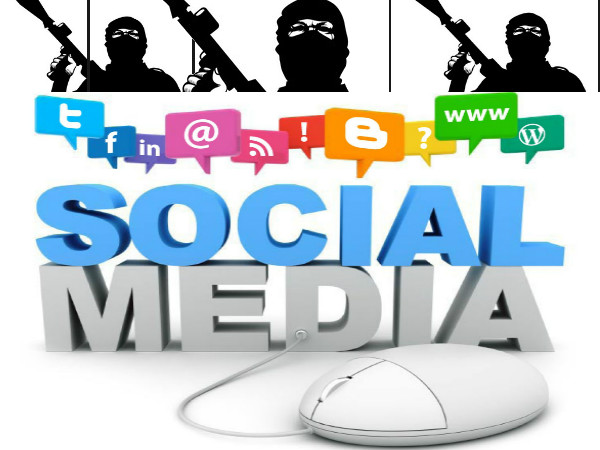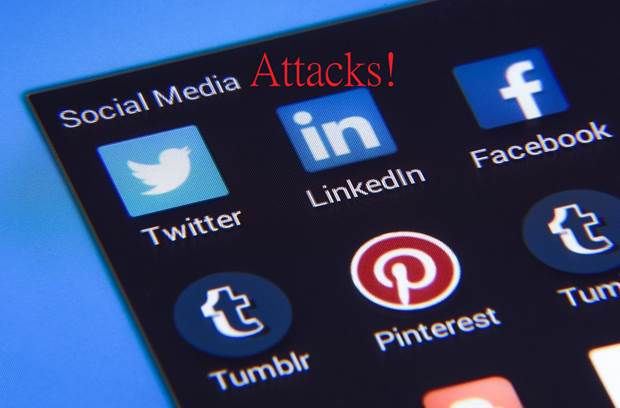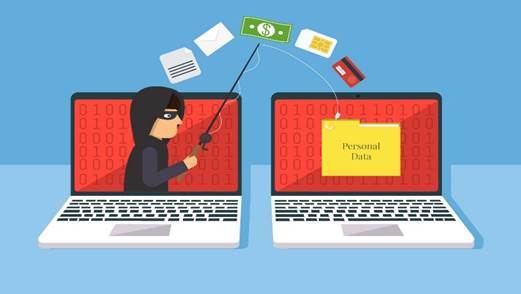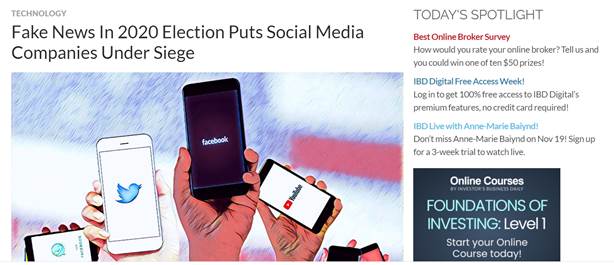
Social Media Attack: A Rising Threat to Everyone!
Hey! Are you using social media (Twitter, Facebook, Instagram, YouTube)? Are you aware of cyberattacks (data breach, phishing, SIM swap, disinformation) on social media and their impact? If not, this blog makes you aware of these attacks. This blog provides an overview of the rising cyberattacks on/via social media and their impacts.
Social media systems such as Facebook, Instagram, LinkedIn, and Twitter provide a platform for interacting and exchanging information. Its users are increasing every day. According to Statista, over 3.6 billion people were using social media worldwide in 2020. It has projected to increase to almost 4.41 billion in 2025. Also, an average person spends 145 minutes every day on social media. The usage of social media has grown to be a communication tool for personal use and an essential channel for business and government. However, as these media continue to rise in popularity, they are also increasingly at risk of social media attacks.
After reading this article, you learn about the social media attack and its impacts. Attackers can use social media at the early stage of attack to gather users’ personal data and learn behavior which is then used to launch attacks in the future. This blog presents several examples of social media attacks and their impacts, dividing them into two broad attack categories: data breaches and disinformation.

Social media data breaches
Over the past few years, there have been countless stories of social media exposing user data. Let us discuss data breaches of three popular social media platforms such as Facebook, LinkedIn, and Sina Weibo:
- Facebook Data Breach: In April 2019, it was revealed that more than 540 million Facebook users’ data were exposed to the public Internet. According to UpGuard report, it had originated from the Mexico-based media company Cultura Colectiva. The breached data contained over 540 million records detailing comments, likes, reactions, account names, FB IDs, and more. CNN reported that Facebook pays an unprecedented $5 billion penalty over privacy breaches.
- LinkedIn Data Breach: In April 2021, CNN reported that information scraped from around 500 million LinkedIn user profiles was posted for sale on a hackers’ website. This incidence was first reported by cybersecurity news and research portal CyberNews, which said that leaked information includes user IDs, names, email addresses, phone numbers, genders, professional titles, and links to other social media profiles.
- Sina Weibo Data Breach: In March 2020, Sina Weibo had faced a data breach exposing over 500 million Weibo user records on the dark web. Sina Weibo is one of China’s largest social media platforms. Sina Weibo announced that an attacker obtained part of its database, impacting 538 million Weibo users. Weibo users’ information that was stolen included their details, including real names, site usernames, gender, location, and phone numbers. The attacker was reported to have sold the database on the dark web
What does cybercriminal do with leaked data?
Cybercriminals can be used leaked data for future attacks in several ways:
- Phishing attack: Phishing is a social engineering attack where a hacker sends a fraudulent message designed to trick a human victim into revealing sensitive information to the attacker or deploying malware on the victim's devices or network. According to the FBI’s report, phishing attacks nearly doubled from 114,702 in 2019 to 241324 in 2020 with monetary losses of $54,241,075. Similarly, Verizon’s report shows that 36% of breaches involved phishing attacks in the year 2020. Hackers can use selected information (e.g., email, phone) from the breached data and target phishing attacks.

- SIM Swap Attack: SIM swap attacks allow hackers to get around multi-factor authentication. SIM swapping allows hackers to use your mobile number to take over your financial accounts. They begin with the breached data; if these data are not enough, they collect more data using phishing, malware, or utilizing the dark web. When hackers have enough data, they talk to your mobile carrier. They impersonate you and pretend to have lost or damaged your SIM card. Attackers then request the activation of a new fresh SIM card for their possession. If everything goes successfully, this ports your cell number to the hacker’s mobile with a different SIM card. Once they can control your mobile number, hackers can then use your phone number to gain access to your bank accounts, change passwords, and take control of your account. The New York Times reported that hackers hit Twitter CEO Jack Dorsey with a SIM swapping attack in August of 2019.
Disinformation campaigns on social media
Disinformation campaign on social media is a relatively new attack vector. It is a social media attack that does not compromise information but drives action and creates friction, confusion, and mislead the people. Fake news is a disinformation attack that influences people in terms of their attitudes, beliefs, opinions, and behaviors. Spreading fake news about the US presidential elections (2016 and 2020) and COVID-19 on social media created rumours and misled the people. According to Statista research, 83% agreed that fake news negatively affects their country’s politics. However, 56% of Facebook users can’t recognize fake news.

Social media bots play a significant role in the propagation of fake news. A social media bot is a software application that runs automated tasks for spreading fake news. Also, an individual attacker or an organized cybercrime group can be involved in a disinformation attack. They can target government/state, corporate and individual.
Let us discuss an example of a disinformation attack using Twitter where hackers targeted high profile personalities and companies in 2020:
- Twitter Accounts Attack: In July 2020, a 17-year-old hacker and his accomplices breached Twitter’s network and seized control of dozens of Twitter accounts assigned to high-profile users. The hackers carried out a public cyberattack for several hours by seizing many high-profile accounts one after another and tweeting out a fake message like “double your bitcoin”. According to The Guardian, the hackers took over the Twitter accounts of politicians, celebrities, and entrepreneurs including Joe Biden, Barack Obama, Elon Musk, Bill Gates, Jeff Bezos, and Apple. Other compromised accounts of several cryptocurrency companies regulated by the New York State Department of Financial Services. In monetary value, the hackers stole over $118,000 worth of bitcoin!

State-sponsored actors and other special-interest groups link coordinated event campaigns in social media and play crucial roles in manipulating public opinions and interests. These campaigns create trolls that are related to political, socio-cultural, or business policy. You should be aware of such state-sponsored trolls and other social campaigns as they mislead, confuse, and spread social discord in the public.
In the future, everyone would be targeted with the social media attacks like Twitter’s CEO Jack Dorsey and Joe Biden, who had already attacked!

Dilli P. Sharma is a Postdoctoral Fellow at the Canadian Institute for Cybersecurity, University of New Brunswick, NB, Canada. He received a Ph. D. degree in Computer Science from the University of Canterbury, New Zealand. His research interests include Cybersecurity, Machine Learning, Cryptography, Moving Target Defense, Security Metrics, IoT Security.